I get really excited about timey-wimey stuff, but then inevitably get frustrated when either I overcomplicate it or fail to explain it coherently or whatever, so I will try not to do that this time. This is not a redo of my previous
multidimensional hexcrawl post which I'm still going to hyperlink but that is definitely a case where I overcomplicated an idea that actually isn't that complicated, and this is actually a completely different thing from that anyway, so don't bother reading that unless you like weird complicated shit. I liked the post even if basically nobody else did :(…
This post is partially inspired by Skerples' post
OSR: Time Travel Tips for GMs and the idea that I had suggested in the comments that frankly I felt like he was a little too dismissive of so now I'm coming back at this partially out of spite (come at me bro >.<!), but also because it's rooted in ideas I've had basically for as long as I've been doing TTRPGs so it's about time I actually try to do it in a more coherent and fleshed out way.
Was not a great RTS, but had a really cool time schtick
The High Concept
With this mechanic, time is multidimensional and causality is non-linear, and I think that is rad as fuck but if that means nothing to you then don't worry about it, hopefully it'll still make sense as a game.
I'm going to say the setting is a generic war across multiversal spacetime between two factions just to keep it simple, but if I were to use it I'd likely make the setting more interesting (maybe my Cold War Under a Rising Sun setting)
We begin with a Hex Map
Let's start with 7 hexes, so a middle hex and six hexes surrounding it. It can get bigger, it'll just be easier to start small.
Traversing this hex map is not a traversal of space, as in going from one town to another, but of multiversal spacetime in its entirety, flattened out onto a hex grid where each hex is a key event in some place and time and universe in the multiverse. Also you could just get rid of the multiverse aspect if you want and make it just space and time, but I figured why stop there?
If the setting is about a war, the center of our hex map may be some pivotal battle. The GM should probably prepare at least a couple other key events, or the group can do it collaboratively, or they can mostly come up in play over time.
Chrono Points
While on a hex, as the group accomplishes some set of tasks, like the usual kinds of things PCs in a big intrigue/war game would get into, they acquire Chrono Points (CP). These CP can be physical coins or poker chips you can place on the grid, or you can mark them in some other way. Since this is a war, the enemy side may have CP of their own (should probably be a different type of coin or different color chip).
Before leaving that hex, the group can choose what to do with their points. They can use them, leave them on the current hex, or take them with them to the next hex.
…And How to Use Them
Because causality is non-linear, it is not necessarily the case that actions in the past affect the future any more than events in the future affect the past, and even events in an adjacent universe can affect other events in other universes across the multiverse, regardless of where in spacetime. So while the group's actions within a given hex may affect the circumstances in that given hex, that has only limited baring on the grand scheme of things; instead, the way in which those circumstances affect other events in the multiversal spacetime is determined by the use of CP.
The group may want to say that if, while on this hex where a major battle is occurring, they win the battle, then that will affect an adjacent hex in some favorable way. Maybe the event on an adjacent hex involves a political assassination of an ally in the near future of an adjacent universe, and so the group wants to cause a blizzard to occur on that hex, making the political assassination more difficult or less likely. You can call it butterfly effect if you want- the underlying "cause" in linear terms doesn't matter- linear causality is not how the multiverse actually works, that's just how we myopically perceive it.
The default cost might be 3, but depending on what actions occurred while they were on the hex (e.g. how favorably the battle went) and how they want that to affect another hex (e.g. change the weather vs. cause the assassin to have a heart attack), that might affect the cost at the GM's discretion.
If the enemy has CP on that hex, they might choose to contest the result. In such a case, both sides (the group and the enemy) would write down their bid, and whoever bids higher wins (but the CP are spent regardless).
Even after the group has left a hex, the enemy can return to the hex to change things in their own way, or by spending CP on that hex before leaving an adjacent hex in the same way the group uses CP, so there are reasons to return to hexes (although each time it will have changed in some ways), and also reasons to leave CP on hexes rather than always carrying your CP with you on each hex.
What Else Can be done with CP?
If there are any undefined hexes adjacent to the current hex, the group may instead want to create a new key event on that hex. They'll have to then go to that hex to ensure the outcome is favorable, but there is advantage and fun to be had in defining those events. Whether the event is viable, and the cost to create the event, will also be determined by the GM, with perhaps a starting cost of 3, and greater or lesser cost if the initial status is more or less favorable to the group's interests.
You can also spend CP to swap two adjacent hexes on the board (again, perhaps default cost of 3). This doesn't affect the outcomes, or how many CP are left on that piece, but since you can only move to or affect with CP the current or adjacent hexes, there may be advantages to moving hexes around on the board (like if you very desperately need to get to a hex that's otherwise too far away).
But it's Not Over Yet!
Sure you've won the battle, but time is multidimensional and nonlinear. The enemy may return to that hex to undo or alter what you've done, or spend their own CP on adjacent hexes to likewise change the outcomes, and you may need to return, but it should be notably different now. Alternatively, if you left some CP on that hex, you can spend it to start a bidding war to counteract their actions (but remember, they can do likewise to the group).
Why should we use this?
Well for starters, the idea of a world with multidimensional time and non-linear causality is rad as fuck, if you don't agree then we just don't see eye to eye.
But also, maybe there's a higher barrier to entry in wrapping your head around the idea, but once you do, it's actually way less complicated than most one-dimensional and linear-causal versions of time travel; there is no concern about time paradoxes, no convoluted logical chains of antecedents and consequences since causality itself has been modularized; if you just think of it as a flat board like any strategy game, that's all it is conceptually, and the mechanics themselves are about as rules-light as can be and can be bolted onto any TTRPG.
And it's just a novel way to think about space and time and the multiverse and causality and how to conceive of a world within a TTRPG and how you might interact with it as players.
And "Time Loops".
Since you will likely return to previous hexes- it's not quite like a time loop story because the circumstances in the hexes are changing based on how the group and the enemy interact with them or use their CP, but you can still to some extent explore some of the themes and ideas of a time loop story in a gameable way.
Alternatives?
This is still just a proof of concept and I've discussed with several others and we have a handful of alternative takes on this idea.
One idea would be to make the outcomes of using CP probabilistic. So you can try to alter adjacent hexes with or without CP, perhaps doing like a d20 roll under, but CP would lower the difficulty.
Another idea, closer to my original idea, would be to make the board more like a sudoku board, except instead of being 9x9 it would be 4x4. In this version, each of the events would be keyed to a number, and the rules of sudoku would be the underlying causality. By changing a number on a given square, given the rules of sudoku, it may be necessary to change the whole board.
In regular sudoku this would be way too complicated and also there are fail states if you're messing with the board like that, but in 4x4 it might be more manageable. The idea to reduce to a 4x4 was suggested to me by Deldon on the NSR discord server.
I'd also open to additional ideas.


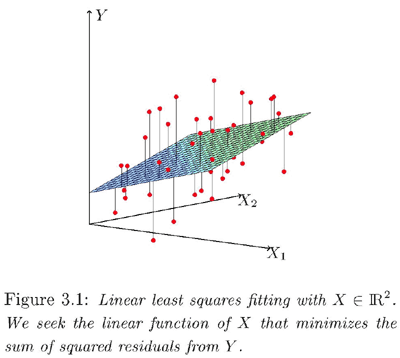
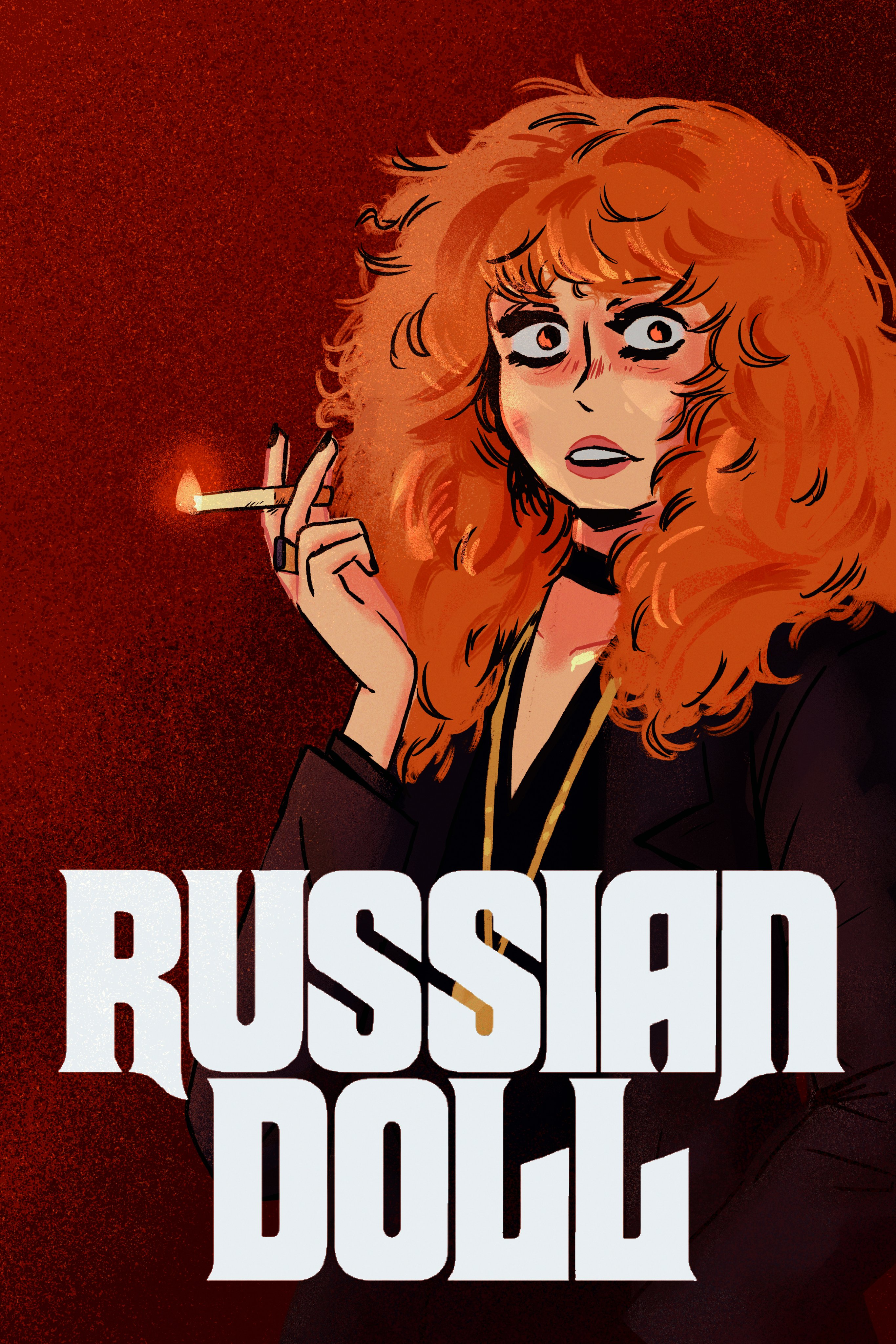


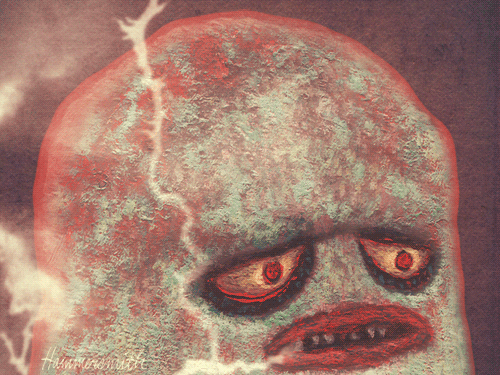


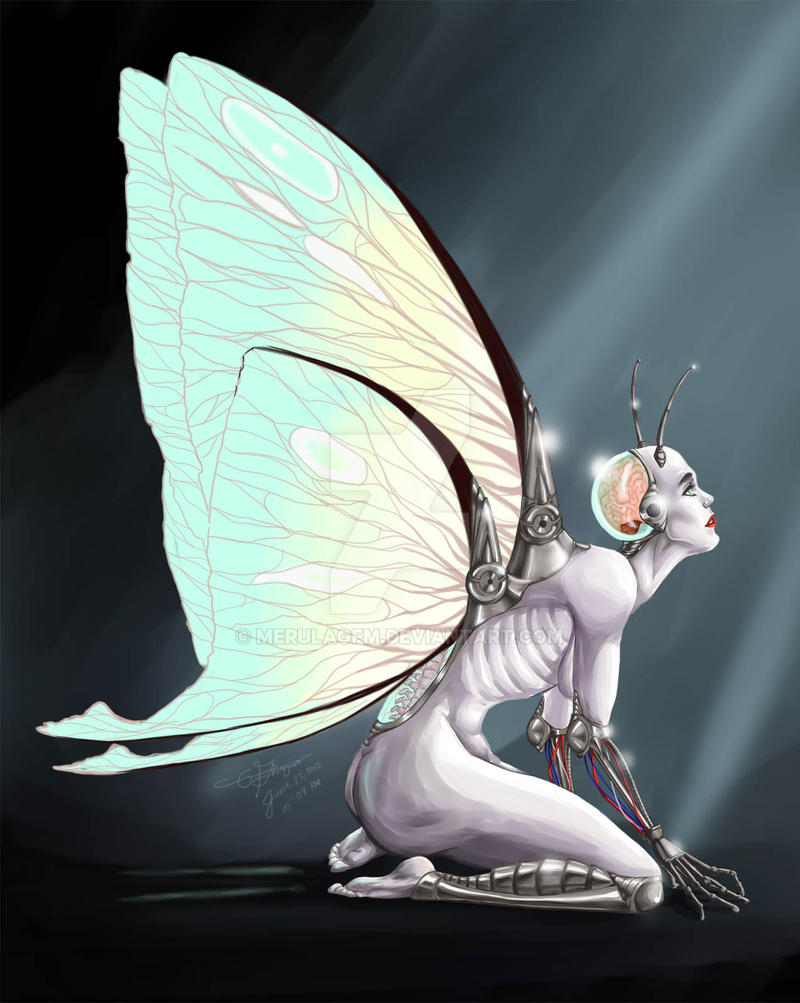








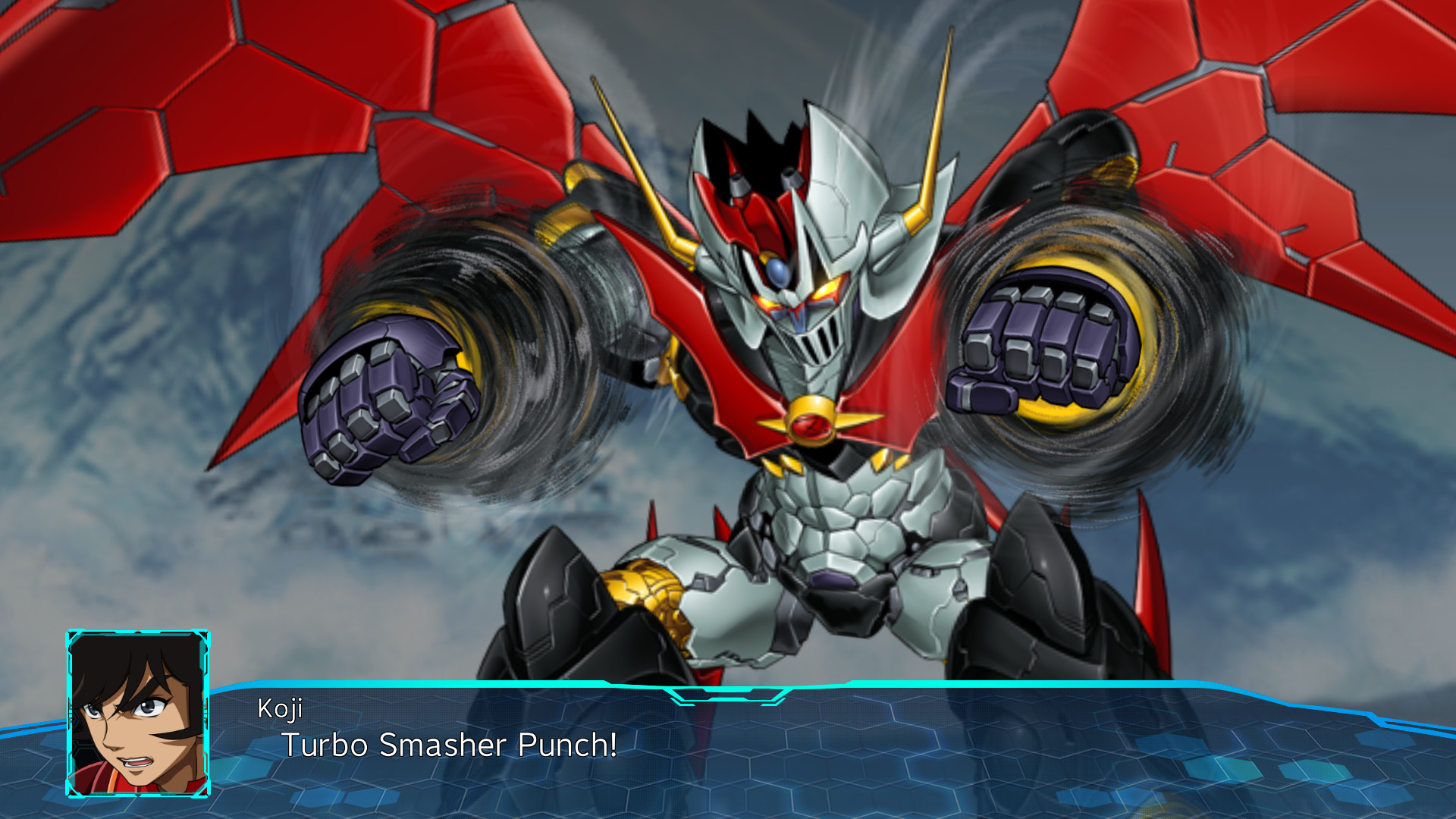
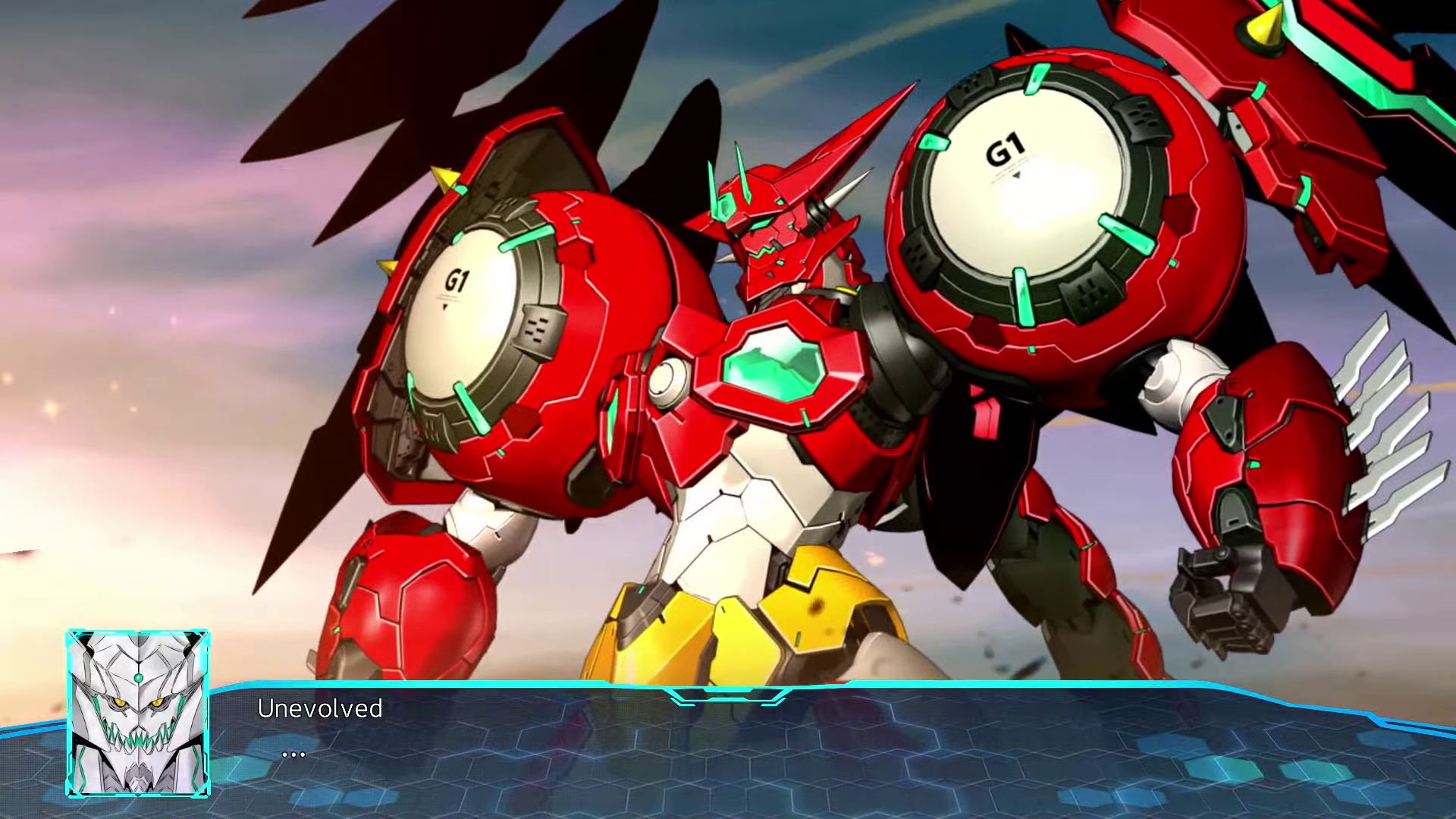

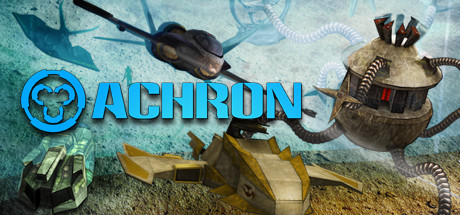
/cdn.vox-cdn.com/uploads/chorus_image/image/63642955/Screen_Shot_2019_04_19_at_1.45.11_PM.0.png)
